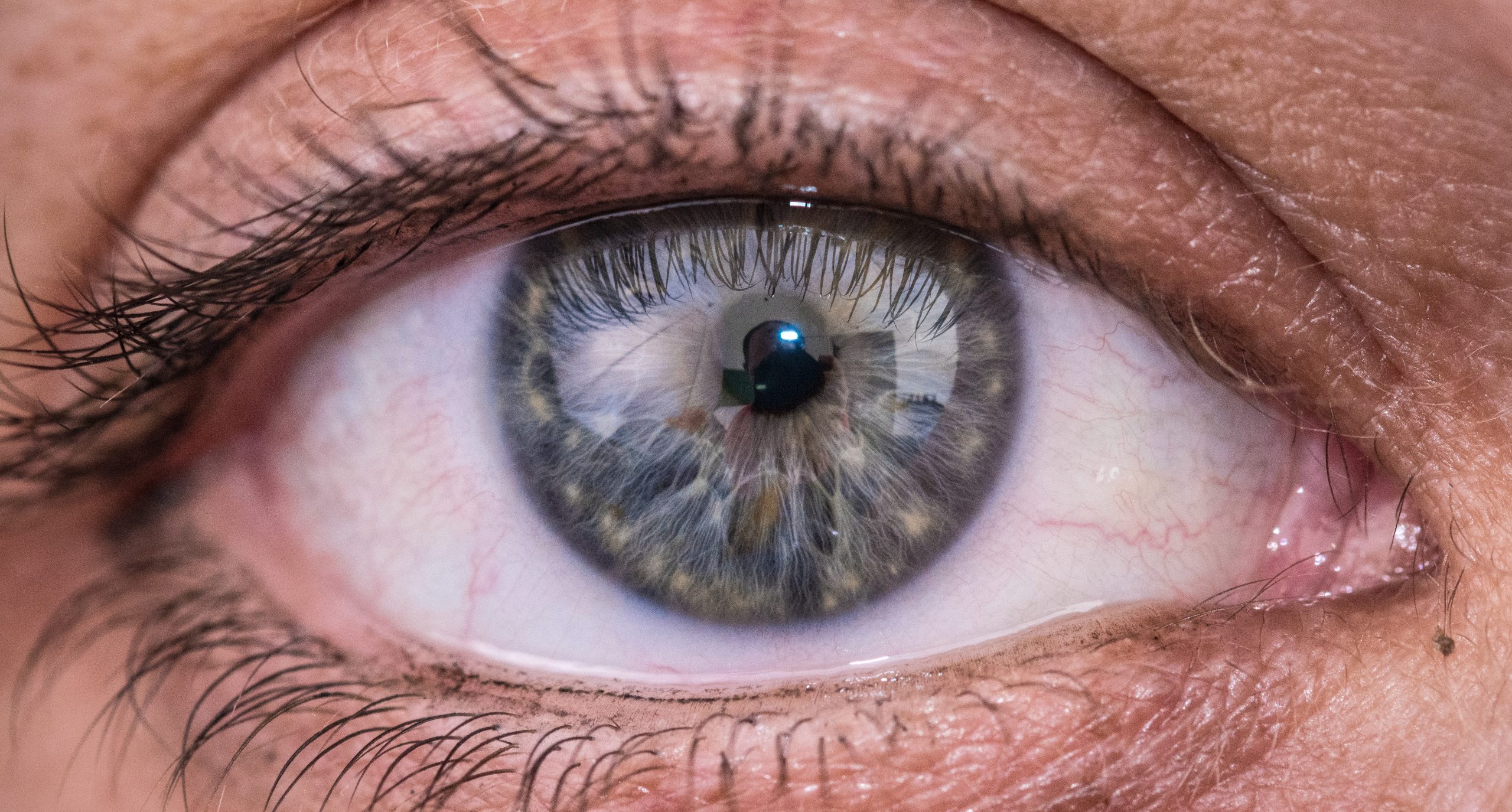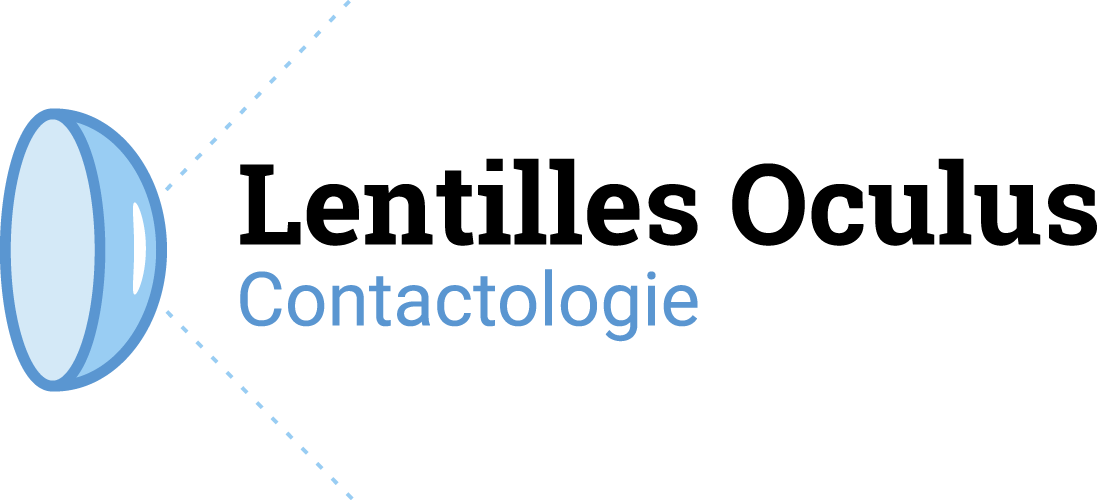Qui sommes-nous ?
L’adresse de notre site est : https://www.centre-oculus.fr
Médias
Si vous téléversez des images sur le site, nous vous conseillons d’éviter de téléverser des images contenant des données EXIF de coordonnées GPS. Les personnes visitant votre site peuvent télécharger et extraire des données de localisation depuis ces images.
Politique relative aux cookies
Lors de votre première connexion sur le site, vous êtes avertis par un bandeau en bas de votre écran que des informations relatives à votre navigation sont susceptibles d’être enregistrées dans des fichiers dénommés « cookies ». Notre politique d’utilisation des cookies vous permet de mieux comprendre les dispositions que nous mettons en œuvre en matière de navigation sur notre site web. Elle vous informe notamment sur l’ensemble des cookies présents sur notre site web, leur finalité (partie I.) et vous donne la marche à suivre pour les paramétrer (partie II.) Le site « centre-oculus.fr » utilise des cookies de mesure d’audience émis par Google analytics, page rank et Google maps : les informations collectées grâce à ces cookies nous permettent notamment de mesurer le nombre de visites, le parcours et les intérêts de nos visiteurs, ainsi que leur fréquence de retour. Nous utilisons ces données afin d’améliorer nos contenus. Ces cookies ne permettent pas d’identifier personnellement nos visiteurs.
- Informations générales sur les cookies présents sur le Site
Le Propriétaire du Site, en tant qu’éditeur du présent site web, pourra procéder à l’implantation d’un cookie sur le disque dur de votre terminal (ordinateur, tablette, mobile etc.) afin de vous garantir une navigation fluide et optimale sur notre site Internet.
Les « cookies » (ou témoins de connexion) sont des petits fichiers texte de taille limitée qui nous permettent de reconnaître votre ordinateur, votre tablette ou votre mobile aux fins de personnaliser les services que nous vous proposons.
Les informations recueillies par le biais des cookies ne permettent en aucune manière de vous identifier nominativement. Elles sont utilisées exclusivement pour nos besoins propres afin d’améliorer l’interactivité et la performance de notre site web et de vous adresser des contenus adaptés à vos centres d’intérêts. Aucune de ces informations ne fait l’objet d’une communication auprès de tiers sauf lorsque le Propriétaire du Site a obtenu au préalable votre consentement ou bien lorsque la divulgation de ces informations est requise par la loi, sur ordre d’un tribunal ou toute autorité administrative ou judiciaire habilitée à en connaître.
Pour mieux vous éclairer sur les informations que les cookies identifient, vous trouverez ci-dessous un tableau listant les différents types de cookies susceptibles d’être utilisés sur le Site, leur nom, leur finalité ainsi que leur durée de conservation.
- Configuration de vos préférences sur les cookies
Vous pouvez accepter ou refuser le dépôt de cookies à tout moment
Lors de votre première connexion sur le Site, une bannière présentant brièvement des informations relatives au dépôt de cookies et de technologies similaires apparaît en bas de votre écran. Cette bannière vous avertit qu’en poursuivant votre navigation sur le Site (en chargeant une nouvelle page ou en cliquant sur divers éléments du site par exemple), vous acceptez le dépôt de cookies sur votre terminal. Vous êtes également réputé avoir donné votre accord au dépôt de cookies en cliquant sur le bouton « Tout accepter » à droite de la bannière figurant en bas de votre écran.
Selon le type de cookie en cause, le recueil de votre consentement au dépôt et à la lecture de cookies sur votre terminal peut être impératif.
- Les cookies exemptés de consentement
Conformément aux recommandations de la Commission Nationale de l’Informatique et des Libertés (CNIL), certains cookies sont dispensés du recueil préalable de votre consentement dans la mesure où ils sont strictement nécessaires au fonctionnement du site internet ou ont pour finalité exclusive de permettre ou faciliter la communication par voie électronique. Il s’agit notamment des cookies d’identifiant de session, d’authentification, de session d’équilibrage de charge ainsi que des cookies de personnalisation de votre interface. Ces cookies sont intégralement soumis à la présente politique dans la mesure où ils sont émis et gérés par le Propriétaire du Site.
- Les cookies nécessitant le recueil préalable de votre consentement
Cette exigence concerne les cookies émis par des tiers et qui sont qualifiés de « persistants » dans la mesure où ils demeurent dans votre terminal jusqu’à leur effacement ou leur date d’expiration.
De tels cookies étant émis par des tiers, leur utilisation et leur dépôt sont soumis à leurs propres politiques de confidentialité dont vous trouverez un lien ci-dessous studiovision. Cette famille de cookie regroupe les cookies de mesure d’audience (notamment Google Analytics), ainsi que les cookies de partage de réseaux sociaux (notamment de Facebook, YouTube, Twitter et LinkedIn).
Les cookies de mesure d’audience établissent des statistiques concernant la fréquentation et l’utilisation de divers éléments du site web (comme les contenus/pages que vous avez visité). Ces données participent à l’amélioration de l’ergonomie du Site.
Un outil de mesure d’audience est utilisé sur le présent site internet :
Les cookies de partage des réseaux sociaux sont émis et gérés par l’éditeur du réseau social concerné. Sous réserve de votre consentement, ces cookies vous permettent de partager facilement une partie du contenu publié sur le Site, notamment par l’intermédiaire d’un « bouton » applicatif de partage selon le réseau social concerné.
Quatre types de cookies de partage des réseaux sociaux peuvent être présents sur le Site :
Contenu embarqué depuis d’autres sites
Les articles de ce site peuvent inclure des contenus intégrés (par exemple des vidéos, images, articles…). Le contenu intégré depuis d’autres sites se comporte de la même manière que si le visiteur se rendait sur cet autre site.
Ces sites web pourraient collecter des données sur vous, utiliser des cookies, embarquer des outils de suivis tiers, suivre vos interactions avec ces contenus embarqués si vous disposez d’un compte connecté sur leur site web.
Utilisation et transmission de vos données personnelles
Si vous demandez une réinitialisation de votre mot de passe, votre adresse IP sera incluse dans l’e-mail de réinitialisation.
Durées de stockage de vos données
Si vous laissez un commentaire, le commentaire et ses métadonnées sont conservés indéfiniment. Cela permet de reconnaître et approuver automatiquement les commentaires suivants au lieu de les laisser dans la file de modération.
Pour les comptes qui s’inscrivent sur notre site (le cas échéant), nous stockons également les données personnelles indiquées dans leur profil. Tous les comptes peuvent voir, modifier ou supprimer leurs informations personnelles à tout moment (à l’exception de leur identifiant). Les gestionnaires du site peuvent aussi voir et modifier ces informations.
Les droits que vous avez sur vos données
Si vous avez un compte ou si vous avez laissé des commentaires sur le site, vous pouvez demander à recevoir un fichier contenant toutes les données personnelles que nous possédons à votre sujet, incluant celles que vous nous avez fournies. Vous pouvez également demander la suppression des données personnelles vous concernant. Cela ne prend pas en compte les données stockées à des fins administratives, légales ou pour des raisons de sécurité.
Protection des données personnelles
Les informations recueillies font l’objet d’un traitement informatique destiné à un usage strictement professionnel. Les données collectées ne seront ni cédées, ni échangées ou louées.
En conformité avec le règlement n°2016/679, dit Règlement général pour la protection des données (RGPD) et la loi n°78-17 du 6 janvier 1978 modifiée en 2004 relative à l'informatique, aux fichiers et aux libertés, les données à caractère personnel recueillies sur le site www.centre-oculus.fr sont exclusivement à usage interne du Centre Oculus.
Les données personnelles collectées sur le site du Centre Oculus peuvent l’être pour différentes finalités, selon les pages et les formulaires de recueil concernés. Principalement il s’agit du :
Conformément aux textes susvisés, vous disposez d'un droit d’opposition, d'accès, de rectification, de suppression ou de limitation, portant sur les données vous concernant.
Ces droits peuvent être exercés :
soit directement par courriel (secretariat@retine-savoie.fr)
soit en écrivant à :
Centre Oculus – Délégué à la protection des données - 124 Allée Albert Sylvestre – Immeuble le Nymphéa - 73000 CHAMBERY
Nature et traitement des données collectées
Les informations rendues obligatoires à la saisie d’un formulaire de contact sont utilisées pour vous envoyer des informations ciblées, en lien avec votre activité.
Délégué à la protection des données
Le Centre Oculus a nommé un Délégué à la protection des données (DPO) chargé de veiller à la protection des données à caractère personnel et au respect de la loi dans la structure. Vous pouvez le contacter pour toute information ou pour l’exercice de vos droits à l’adresse suivante :
Centre Oculus – Délégué à la protection des données - 124 Allée Albert Sylvestre – Immeuble le Nymphéa - 73000 CHAMBERY


